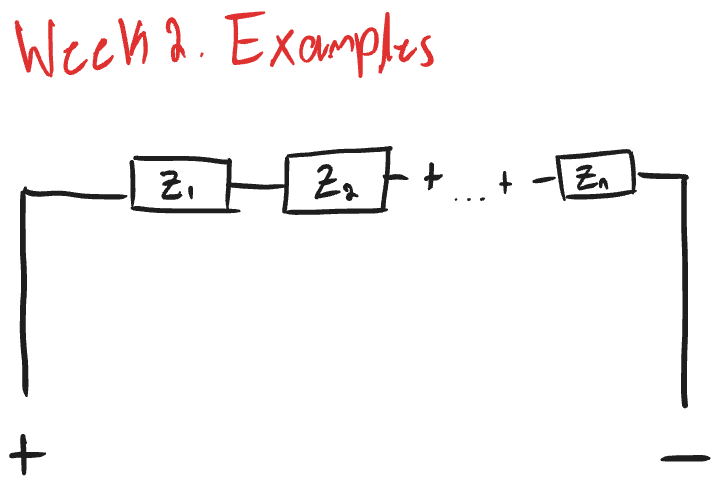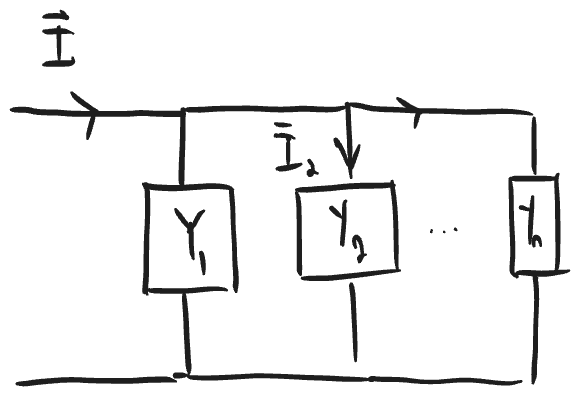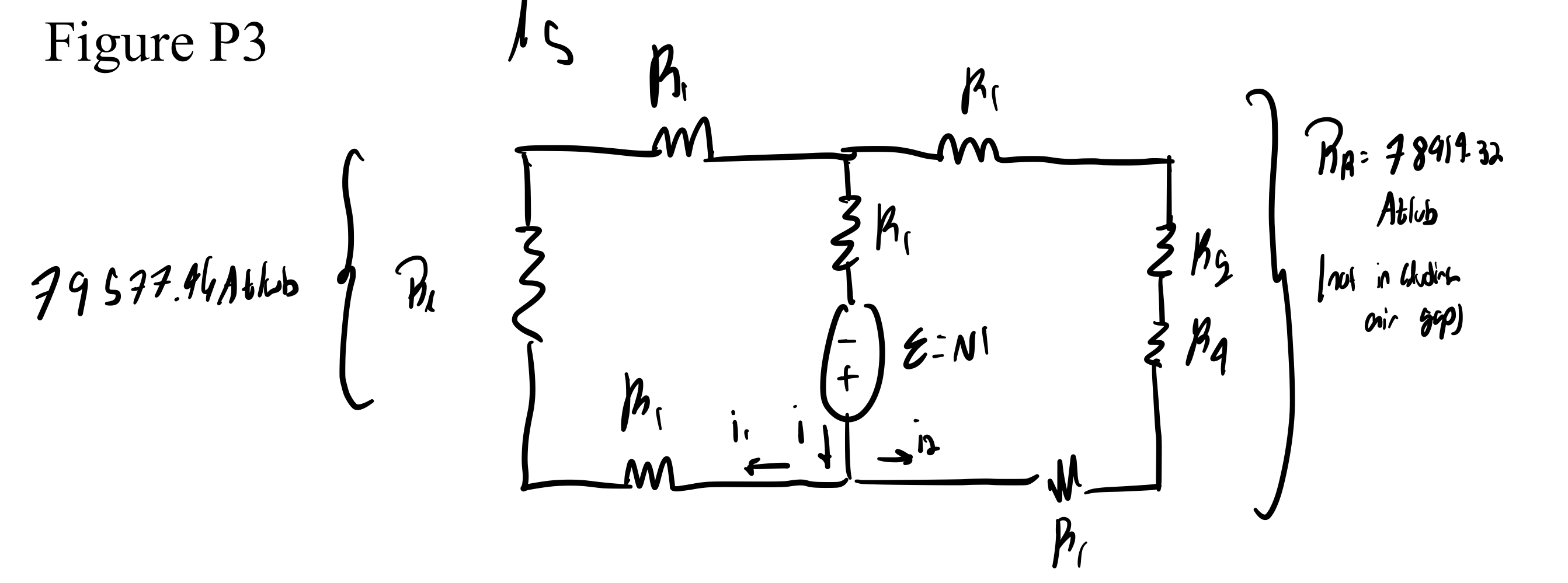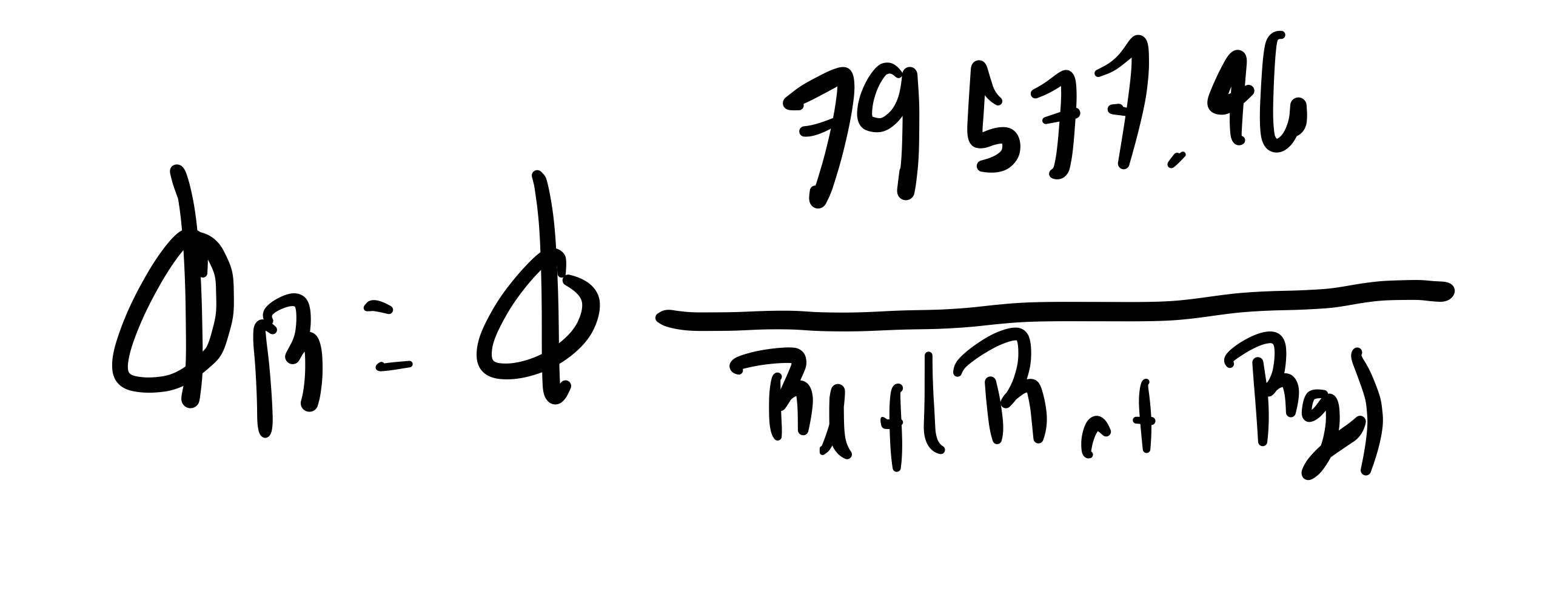Kirchhoffs Voltage Law and Kirchhoffs Current Law
Mathematically:
Voltage Division
 In general:
In general:
Current Division

More on CDR
- Only works for parallel branches
- We are only concerned with the currents running through two impedances here, the impedance of the OTHER load (resistor, etc) goes on the numerator and the sum in the denominator
This concept can be generalized using R_eq or R_total as R1…
EVEN MORE on CDR
So this is apparently a hard concept for me to grasp… Intuition:
When a current enters a junction it splits among all the branches where the current flowing through each branch is inversely proportional to the resistance of that branch
We don’t consider the resistance of the branch that current comes from since that is the current that splits
Using this form may make more sense:
Where R1, R2, and R3 and the equivalent resistances of three different branchesAn easier mathematical form that isn’t as intuitive but is easier to compute is:
Where Rdon’tcare is the equivalent resistance of other branches (all branches except the one I want current through), we don’t consider the resistance of the branch that the incoming current is coming from
More Examples on CDR

CDR…
